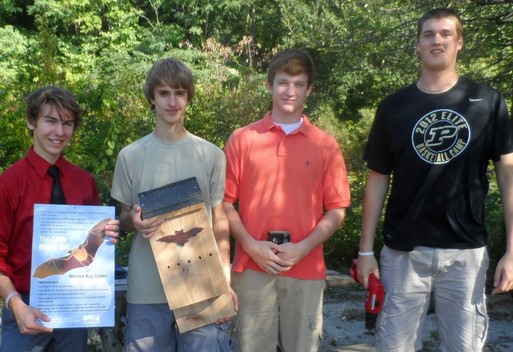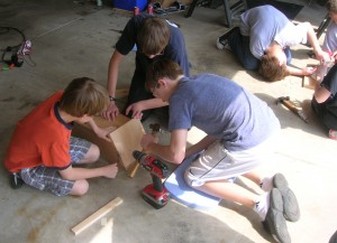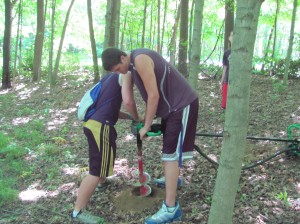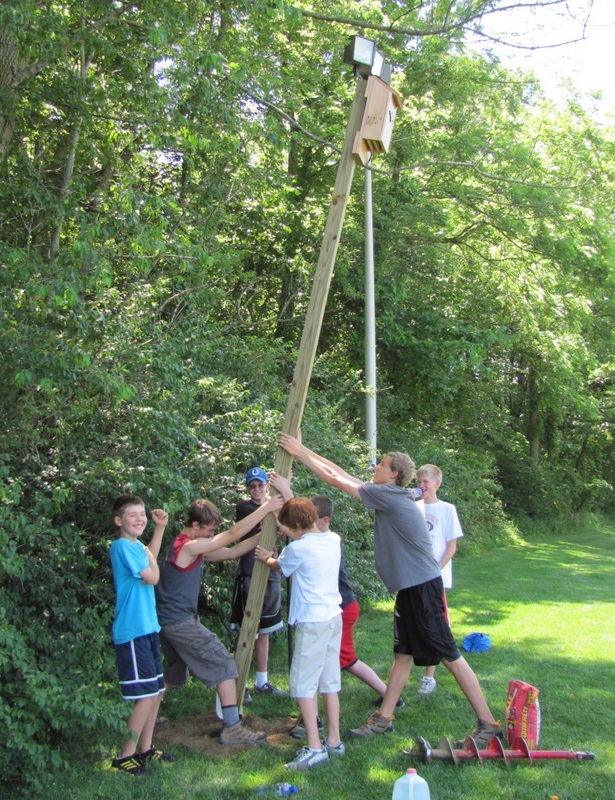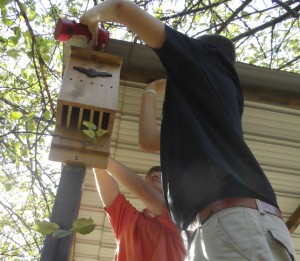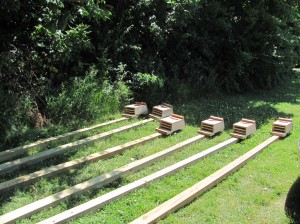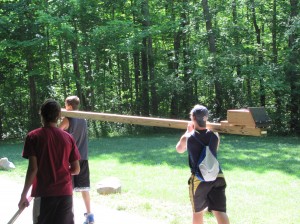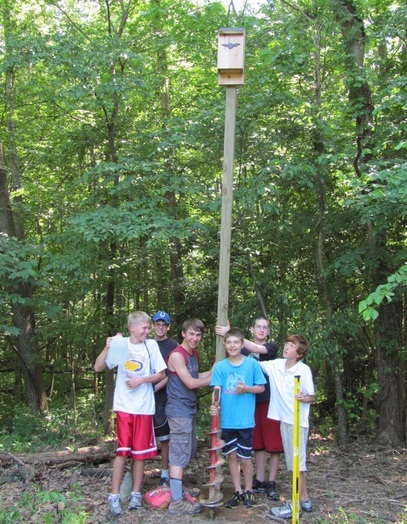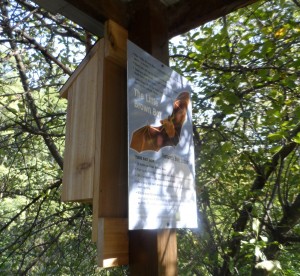Bats-- Nature's bug zappers 2012
Carmel Boy Scout Troop 202
Kudos and thanks go to Green Jays Communications for working with Duncan to design the educational signs installed at each bat box location. View and Download the “Bats – Nature’s Bug Zappers Informational Brochure” here.

